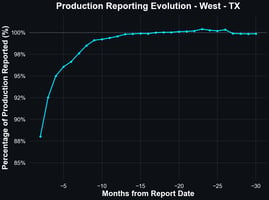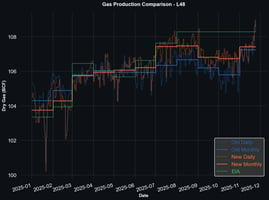Have You Really Thought About Canadian Oil Tariffs?
While we don’t pretend to be able to read the tea leaves about the likelihood of Canadian oil tariffs, or the character of Ottawa’s (or Alberta’s) response, we do have an opinion about what happens to markets should they be imposed. TL: DR: From equilibrium to equilibrium, we do believe that market balances on the back of WTI increases and much pain in Calgary. Here’s our thought process:
-
What supplies can be redirected from Westridge, BC, (the TransMountain Pipeline, terminus) to Asia from California, likely will, but the tanker markets and the local restrictions on exports will have a strong impact on that. Tanker markets, especially for both Aframaxes, used for moving crude out of Westridge, and VLCC have been roiled by the recently-imposed sanctions on many Russian ships. In addition, exports from Westridge are limited by many local shipping restrictions, like draft, bridges and daylight hours, limiting volumes currently to less than the capacity of the pipeline. On the whole, we estimate that PADD 5 loses 100-200 mbd currently being received from Canada and has to replace that with other seaborne supplies, as they did just a few months ago.
-
Of the remaining Canadian exports - call it 3.8 mmbd - most goes to PADD 2. And those customers, at 2.8 mmbd of Canadian crude out of an average of 3.8 mmbd processed, have no real options. The US oil pipeline system no longer flows north from the gulf. Depending on when and how the tariffs are imposed, those refiners will take the hit on tariffs initially, but eventually, with no other customer options for their suppliers, either, those tariffs will flow to the Canadian producers, reducing their netbacks.
-
Canadian producers do have one option - they can shut in. We’re hearing that oil sands production is the cheapest option, at about $35 per bbl in the short term, but the light production is much more expensive - in the neighborhood of $55 (we’ve heard higher numbers, but with WCS bottoming at $47 to $45 the last couple of years, we’ve got to believe that’s more realistic). That makes that light barrel the marginal one in the WCS “blend”. $55 + $13.75 (tariff) + $15 diff = $84 floor.
-
There’s no real option other than to price to flow this oil. Oil markets - writ large, in the US, and especially in PADD 2 cannot afford to lose this much supply, at a time when the markets are strongly signaling that, at least in the near-term, supplies are constricted.
-
Net impacts are increased WTI and the knock-on effects on product markets, like gasoline prices. Since WTI has to price up, this effect will be widespread, not just limited to PADD 2.
As we mentioned when we started - we can’t even pretend to predict the likelihood of this happening. But with a potential $6 impact to US markets looming on the horizon - we don’t think we’ve heard enough about it. And that’s not yet thinking about the wider market implications of a $6 runup in oil prices driven by WTI: the effects on the US’s 3.8 mmbbl per day export market, the room it gives for sanctions avoidance, the space it allows for OPEC+ production increases, just to name a few.
What we can say for sure - if US producers or dark ships change their activity as a result, Synmax can be counted on to let you know before anyone else. Why Guess When You Can Know?


.png?height=200&name=unnamed%20(79).png)
